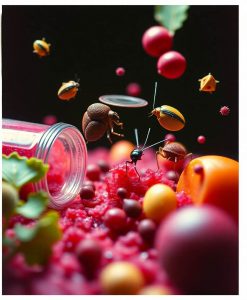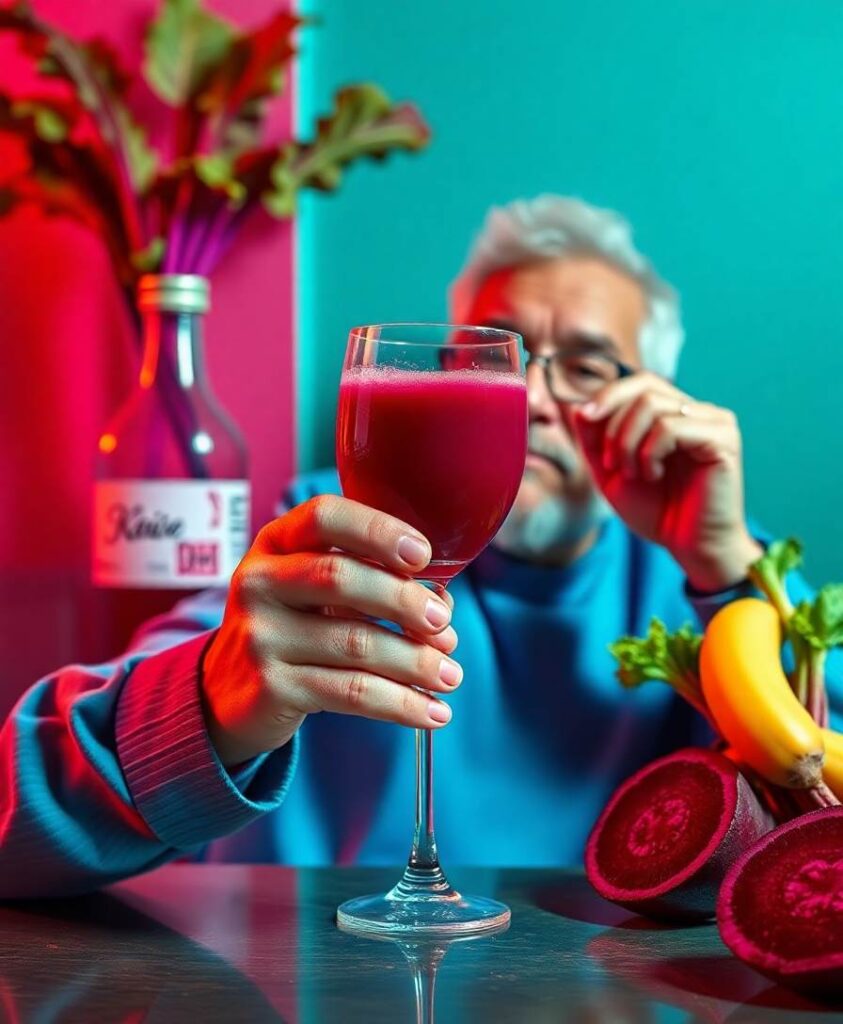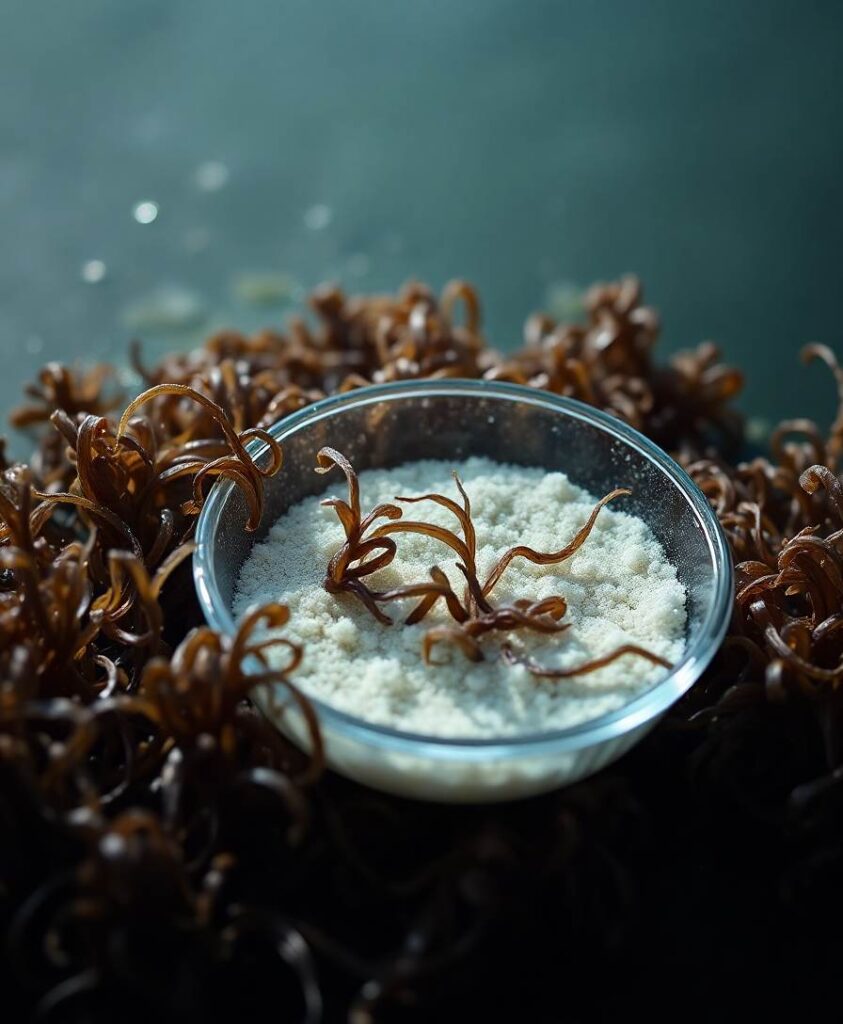Imagine holding a small spoonful of vibrant red, the kind that makes your mouth water just looking at it, but instead of synthetic dyes that make you wonder about chemicals, it’s a natural, earthy hue. You might be surprised to learn that the future of colorful foods could come from unlikely sources—bugs and beet juice—rather than the artificial dyes that have been a staple in processed snacks and drinks for decades.
For many of us, the idea of food coloring is so ingrained that we rarely think about what’s behind the vivid reds, blues, and greens on our plates. Yet, the push to replace artificial food dyes with natural alternatives is gaining momentum. This effort isn’t just about healthier ingredients; it’s about reconnecting with food in a way that’s more aligned with nature’s palette, and it’s happening at the microscopic level—inside the labs of scientists like Abby Tampow.
Living with the desire for vibrant, appealing food while avoiding synthetic additives can feel like walking a tightrope. Many people search for natural food colorings that are safe, sustainable, and effective. If you’ve ever wondered what natural options could mimic the bright reds and blues in your favorite candies or drinks, you’re not alone. The movement toward replacing artificial food dyes with natural ones is driven by a desire for transparency, health, and environmental responsibility.
How Natural Food Dyes from Bugs and Beets Could Transform What We Eat
In labs around the world, scientists are exploring innovative ways to create food colors from natural sources. One promising avenue involves using pigment-rich insects—think of tiny creatures that can produce vibrant reds and other hues—turned into a safe, edible dye. Another approach harnesses the rich, earthy tones of beet juice, which naturally contains red pigments called betalains. These natural pigments are not only visually striking but also packed with antioxidants, making them a double win for health-conscious consumers.

The process of matching these natural dyes to the vivid colors we’re used to seeing in artificially colored foods is complex but exciting. Researchers like Tampow are meticulously working to replicate the exact shades that appeal to our senses, but with ingredients derived from nature. This is an important step toward making our food supply more transparent, sustainable, and free from synthetic chemicals.
For those searching for natural food coloring options, the idea of beet juice or insect-derived pigments replacing artificial dyes offers a glimpse into a future where what we eat is both appealing and nourishing. Whether as a parent looking to avoid artificial additives for your children or a food enthusiast seeking cleaner labels, knowing that these natural alternatives are on the horizon can be reassuring.
In the end, this shift isn’t just about aesthetics—it’s about embracing a food future that respects our health and the environment. The vibrant reds we crave might soon come from humble, natural sources like beets or tiny insects, transforming the way we think about food coloring.
Learn More: Bugs, Beet Juice Could Replace Artificial Food Dyes
Abstract: As pressure grows to get artificial colors out of the U.S. food supply, the shift may well start at Abby Tampow’s laboratory desk. On an April afternoon, the scientist hovered over tiny dishes of red dye, each a slightly different ruby hue. Her task? To match the synthetic…
Link: Read Full Article (External Site)



